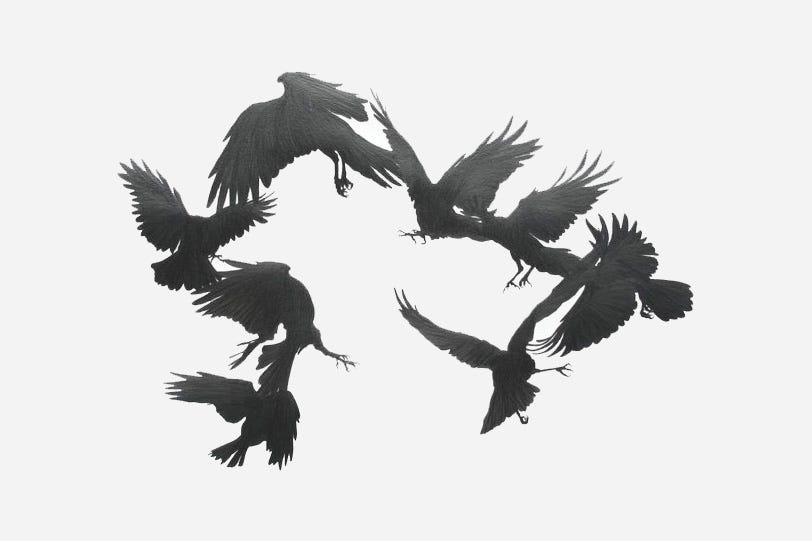Nouns of Assembly
A murder of crows, a charm of finches, a business of ferrets, a paddling of ducks, a superfluity of nuns – and yes, even a barrel of monkeys [Ed: True]. Collective nouns are more poetry than science.
Collective nouns, also known as “nouns of assembly” or “terms of venery”, are favourites of quiz contestants and cruciverbalists (a person skilful in creating or solving crossword puzzles). They have been a popular part of the English language since at least the mid-15th century, when a list –…




